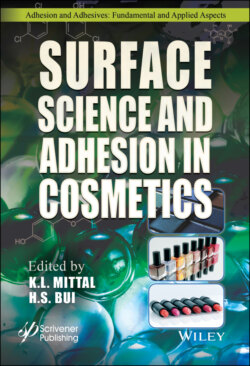Читать книгу Surface Science and Adhesion in Cosmetics - Группа авторов - Страница 75
3.6 How to Formulate a UV-A Cure Nail Gel
ОглавлениеWith the obvious issues stated in section 5 the formulator needs to be cognizant of the following questions,
1 a. Which oligomers should one use to give the best performance during cure with the least amount of oxygen inhibition?
2 b. Which monomers should one use to give the best performance with the minimum amount of oxygen inhibition?
3 c. Which PIs should one use to utilize the wavelength emitted by the GA-FL and LED light sources?
4 d. From an industrial hygiene (IH) standpoint which are the safest acrylate monomers that should be evaluated in developing a nail gel UV-A cured system?
As was shown earlier in Figure 3.12 the type of oligomer used will have a strong impact on cure and performance. Targeting oligomers that respond best to low wattage GA-FL and LED units should be the formulation chemists top priority.
Figure 3.12 High throughput primary screening results based on the evaluation of over 25,000 coatings followed by a statistical analysis. The x-axis shows the PI and PI combinations that were evaluated. The y-axis shows the oligomers and oligomer combinations that were evaluated. Shown is the average predicted surface cure for all resin-photoinitiator combinations after curing using a 250 W UV-A light source. The average is taken over all other parameters screened in this experiment. Thus, each circle represents an average of 48 values (3 reactive diluents, 2 photoinitiator concentrations, 4 irradiation times and 2 lamp distances). The bigger the circle the better the surface cure.
